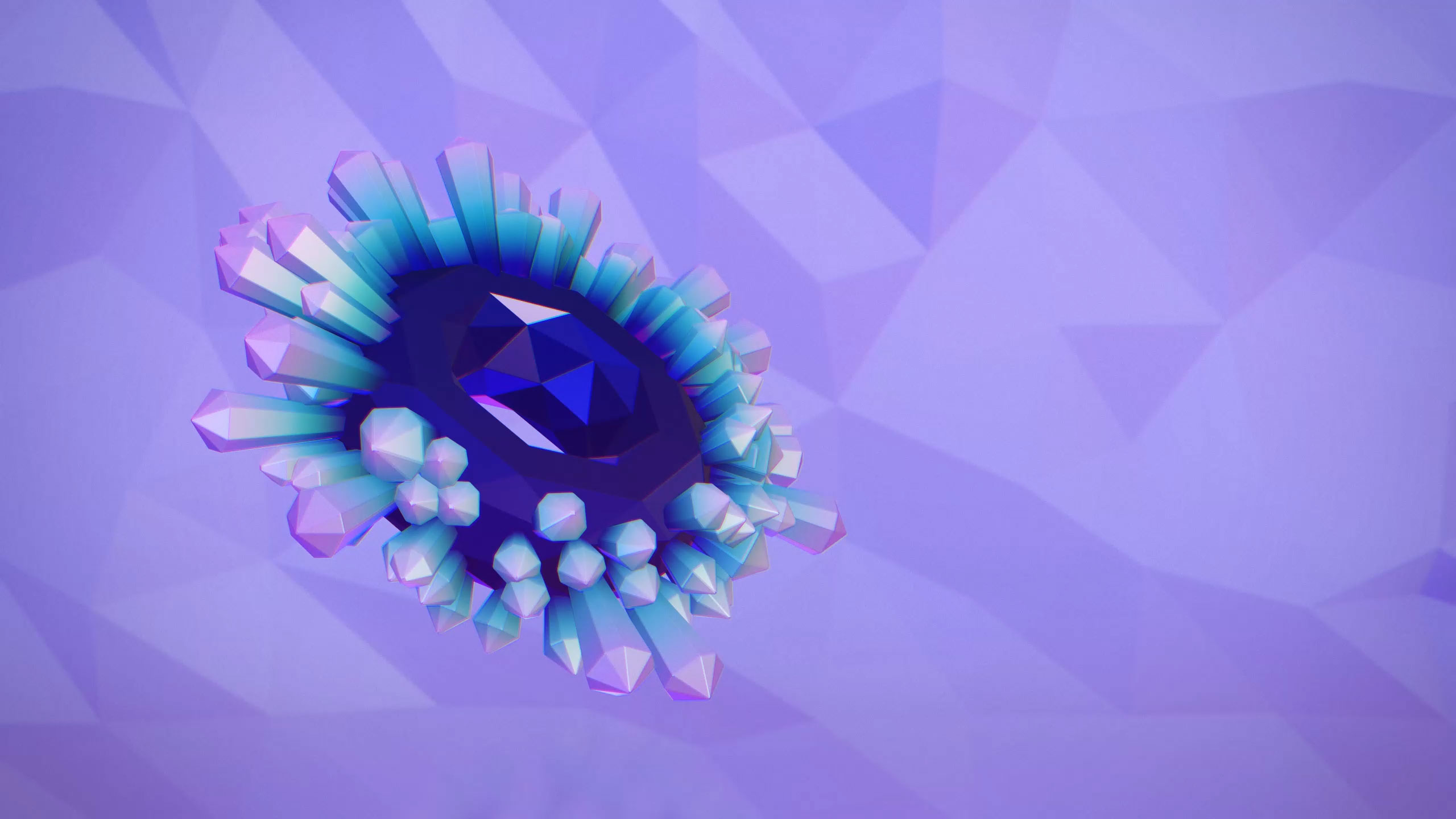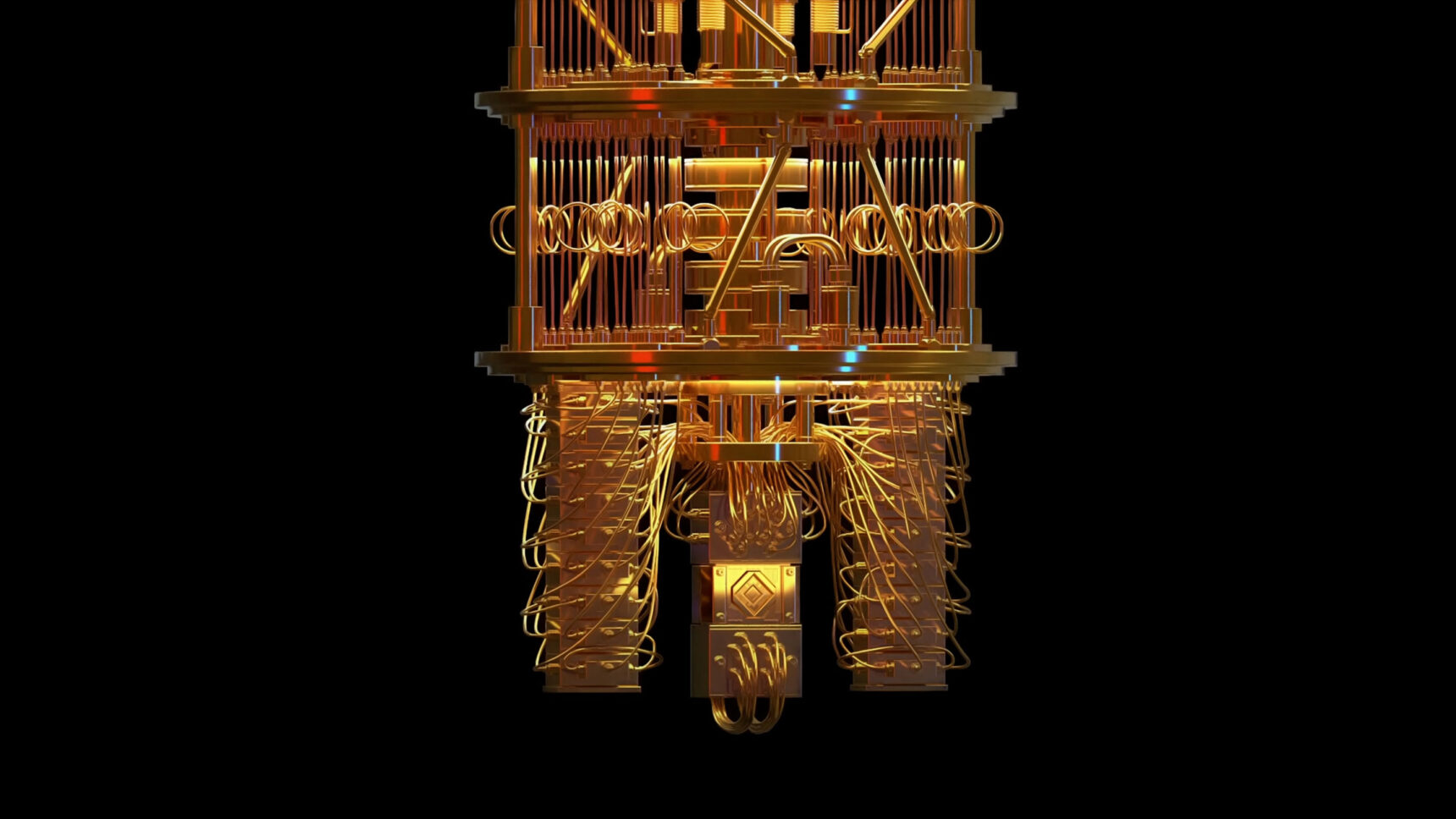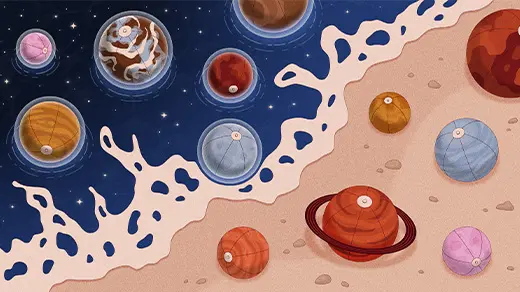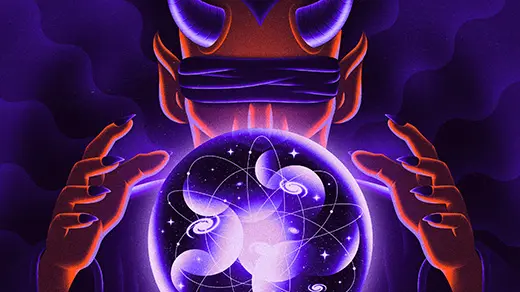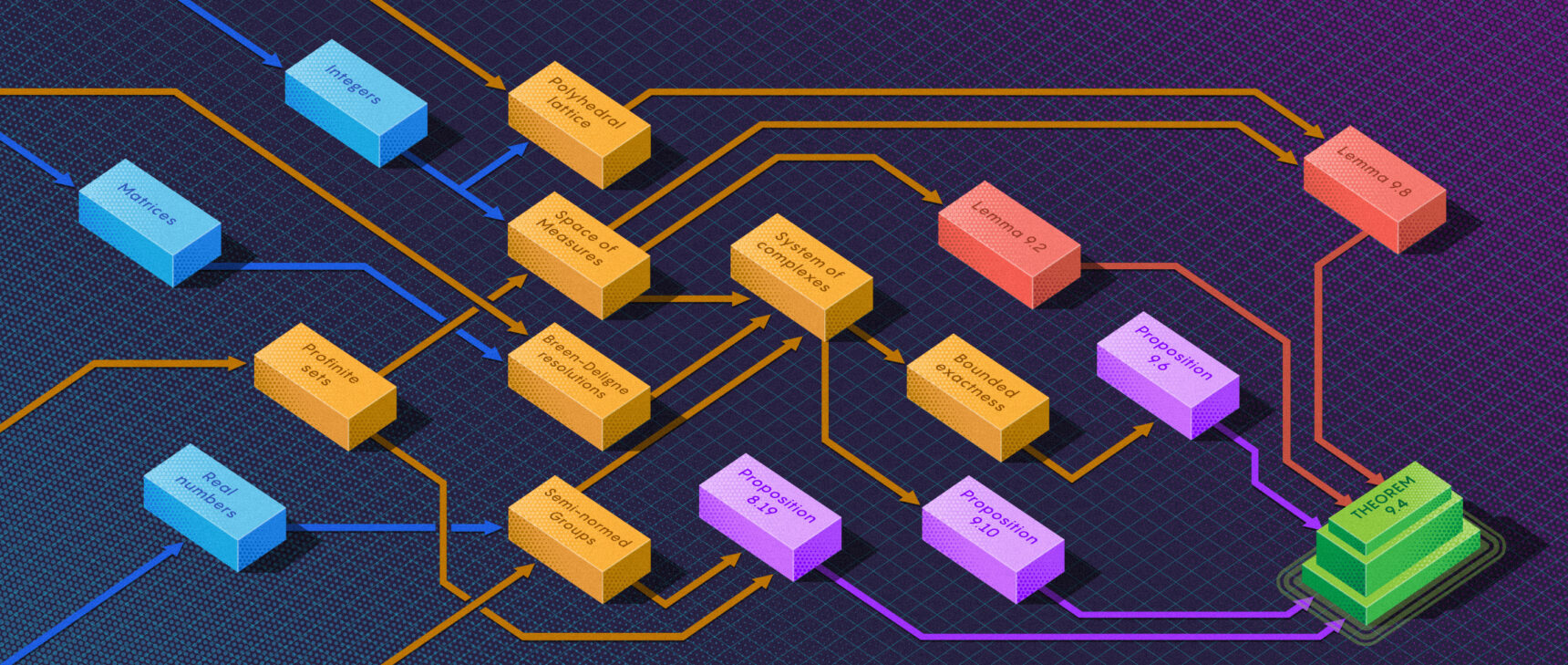Eternal Change for No Energy: A Time Crystal Finally Made Real
Introduction
In a preprint posted online Thursday night, researchers at Google in collaboration with physicists at Stanford, Princeton and other universities say that they have used Google’s quantum computer to demonstrate a genuine “time crystal.” In addition, a separate research group claimed earlier this month to have created a time crystal in a diamond.
A novel phase of matter that physicists have strived to realize for many years, a time crystal is an object whose parts move in a regular, repeating cycle, sustaining this constant change without burning any energy.
“The consequence is amazing: You evade the second law of thermodynamics,” said Roderich Moessner, director of the Max Planck Institute for the Physics of Complex Systems in Dresden, Germany, and a co-author on the Google paper. That’s the law that says disorder always increases.
Time crystals are also the first objects to spontaneously break “time-translation symmetry,” the usual rule that a stable object will remain the same throughout time. A time crystal is both stable and ever-changing, with special moments that come at periodic intervals in time.
The time crystal is a new category of phases of matter, expanding the definition of what a phase is. All other known phases, like water or ice, are in thermal equilibrium: Their constituent atoms have settled into the state with the lowest energy permitted by the ambient temperature, and their properties don’t change with time. The time crystal is the first “out-of-equilibrium” phase: It has order and perfect stability despite being in an excited and evolving state.
“This is just this completely new and exciting space that we’re working in now,” said Vedika Khemani, a condensed matter physicist now at Stanford who co-discovered the novel phase while she was a graduate student and co-authored the new paper with the Google team.
Khemani, Moessner, Shivaji Sondhi of Princeton and Achilleas Lazarides of Loughborough University in the United Kingdom discovered the possibility of the phase and described its key properties in 2015; a rival group of physicists led by Chetan Nayak of Microsoft Station Q and the University of California, Santa Barbara identified it as a time crystal soon after.
Researchers have raced to create a time crystal over the past five years, but previous demos, though successful on their own terms, have failed to satisfy all the criteria needed to establish the time crystal’s existence. “There are good reasons to think that none of those experiments completely succeeded, and a quantum computer like [Google’s] would be particularly well placed to do much better than those earlier experiments,” said John Chalker, a condensed matter physicist at the University of Oxford who wasn’t involved in the new work.
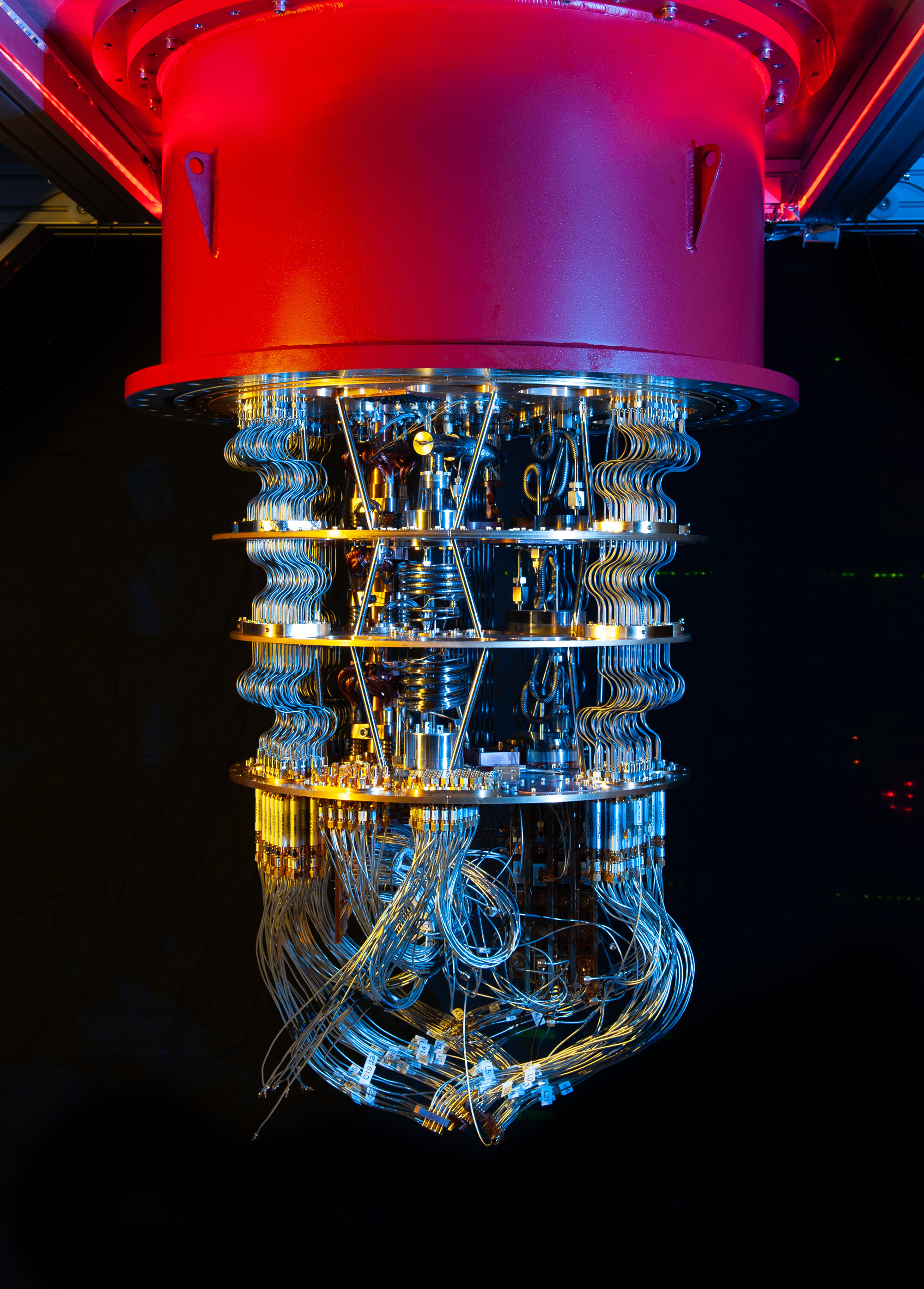
The cryostat used to hold Google’s quantum processors.
Google’s quantum computing team made headlines in 2019 when they performed the first-ever computation that ordinary computers weren’t thought to be able to do in a practical amount of time. Yet that task was contrived to show a speedup and was of no inherent interest. The new time crystal demo marks one of the first times a quantum computer has found gainful employment.
“It’s a fantastic use of [Google’s] processor,” Nayak said.
With yesterday’s preprint, which has been submitted for publication, and other recent results, researchers have fulfilled the original hope for quantum computers. In his 1982 paper proposing the devices, the physicist Richard Feynman argued that they could be used to simulate the particles of any imaginable quantum system.
A time crystal exemplifies that vision. It’s a quantum object that nature itself probably never creates, given its complex combination of delicate ingredients. Imaginations conjured the recipe, stirred by nature’s most baffling laws.
An Impossible Idea, Resurrected
The original notion of a time crystal had a fatal flaw.
The Nobel Prize-winning physicist Frank Wilczek conceived the idea in 2012, while teaching a class about ordinary (spatial) crystals. “If you think about crystals in space, it’s very natural also to think about the classification of crystalline behavior in time,” he told this magazine not long after.
Consider a diamond, a crystalline phase of a clump of carbon atoms. The clump is governed by the same equations everywhere in space, yet it takes a form that has periodic spatial variations, with atoms positioned at lattice points. Physicists say that it “spontaneously breaks space-translation symmetry.” Only minimum-energy equilibrium states spontaneously break spatial symmetries in this way.
Wilczek envisioned a multi-part object in equilibrium, much like a diamond. But this object breaks time-translation symmetry: It undergoes periodic motion, returning to its initial configuration at regular intervals.
Wilczek’s proposed time crystal was profoundly different from, say, a wall clock — an object that also undergoes periodic motion. Clock hands burn energy and stop when the battery runs out. A Wilczekian time crystal requires no input and continues indefinitely, since the system is in its ultra-stable equilibrium state.
If it sounds implausible, it is: After much thrill and controversy, a 2014 proof showed that Wilczek’s prescription fails, like all other perpetual-motion machines conceived throughout history.
That year, researchers at Princeton were thinking about something else. Khemani and her doctoral adviser, Sondhi, were studying many-body localization, an extension of Anderson localization, the Nobel Prize-winning 1958 discovery that an electron can get stuck in place, as if in a crevice in a rugged landscape.
An electron is best pictured as a wave, whose height in different places gives the probability of detecting the particle there. The wave naturally spreads out over time. But Philip Anderson discovered that randomness — such as the presence of random defects in a crystal lattice — can cause the electron’s wave to break up, destructively interfere with itself, and cancel out everywhere except in a small region. The particle localizes.
People thought for decades that interactions between multiple particles would destroy the interference effect. But in 2005, three physicists at Princeton and Columbia universities showed that a one-dimensional chain of quantum particles can experience many-body localization; that is, they all get stuck in a fixed state. This phenomenon would become the first ingredient of the time crystal.
Imagine a row of particles, each with a magnetic orientation (or “spin”) that points up, down, or some probability of both directions. Imagine that the first four spins initially point up, down, down and up. The spins will quantum mechanically fluctuate and quickly align, if they can. But random interference between them can cause the row of particles to get stuck in their particular configuration, unable to rearrange or settle into thermal equilibrium. They’ll point up, down, down and up indefinitely.
Sondhi and a collaborator had discovered that many-body localized systems can exhibit a special kind of order, which would become the second key ingredient of a time crystal: If you flip all the spins in the system (yielding down, up, up and down in our example), you get another stable, many-body localized state.
Samuel Velasco/Quanta Magazine
In the fall of 2014, Khemani joined Sondhi on sabbatical at the Max Planck Institute in Dresden. There, Moessner and Lazarides specialized in so-called Floquet systems: periodically driven systems, such as a crystal that’s being stimulated with a laser of a certain frequency. The laser’s intensity, and thus the strength of its effect on the system, periodically varies.
Moessner, Lazarides, Sondhi and Khemani studied what happens when a many-body localized system is periodically driven in this way. They found in calculations and simulations that when you tickle a localized chain of spins with a laser in a particular way, they’ll flip back and forth, moving between two different many-body localized states in a repeating cycle forever without absorbing any net energy from the laser.
They called their discovery a pi spin-glass phase (where the angle pi signifies a 180-degree flip). The group reported the concept of this new phase of matter — the first many-body, out-of-equilibrium phase ever identified — in a 2015 preprint, but the words “time crystal” didn’t appear anywhere in it. The authors added the term in an updated version, published in Physical Review Letters in June 2016, thanking a reviewer in the acknowledgments for making the connection between their pi spin-glass phase and time crystals.
Something else happened between the preprint’s appearance and its publication: Nayak, who is a former graduate student of Wilczek’s, and collaborators Dominic Else and Bela Bauer put out a preprint in March 2016 proposing the existence of objects called Floquet time crystals. They pointed to Khemani and company’s pi spin-glass phase as an example.
A Floquet time crystal exhibits the kind of behavior envisioned by Wilczek, but only while being periodically driven by an external energy source. This kind of time crystal circumvents the failure of Wilczek’s original idea by never professing to be in thermal equilibrium. Because it’s a many-body localized system, its spins or other parts are unable to settle into equilibrium; they’re stuck where they are. But the system doesn’t heat up either, despite being pumped by a laser or other driver. Instead, it cycles back and forth indefinitely between localized states.
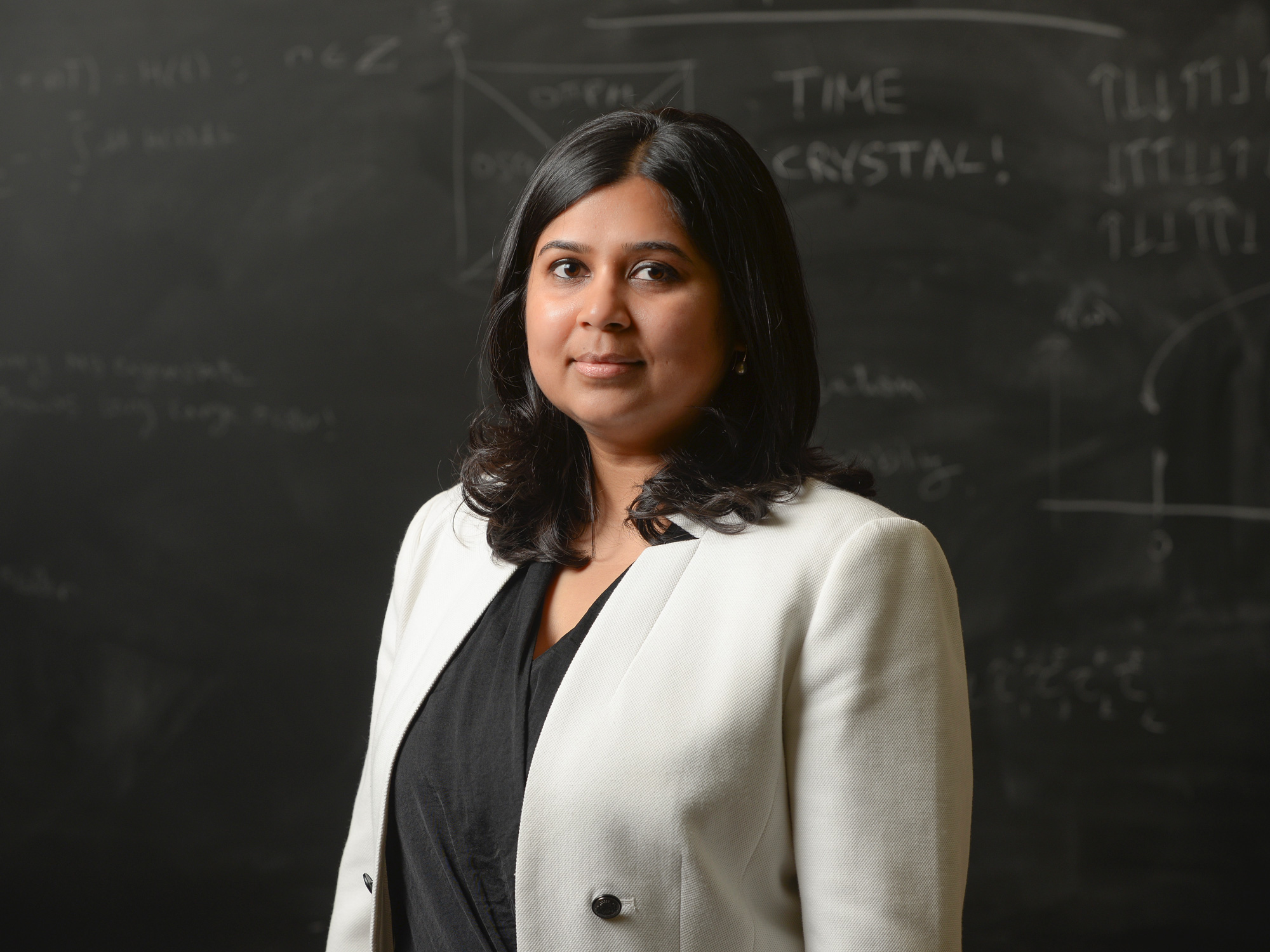
Vedika Khemani, a condensed-matter physicist at Stanford University, conceived of the newly demonstrated time crystal phase with three coauthors when she was a graduate student in 2015.
Rod Searcey
Already, the laser will have broken the symmetry between all moments in time for the row of spins, imposing instead “discrete time-translation symmetry” — that is, identical conditions only after each periodic cycle of the laser. But then, through its back-and-forth flips, the row of spins further breaks the discrete time-translation symmetry imposed by the laser, since its own periodic cycles are multiples of the laser’s.
Khemani and co-authors had characterized this phase in detail, but Nayak’s group couched it in the language of time, symmetry and spontaneous symmetry-breaking — all fundamental concepts in physics. As well as offering sexier terminology, they provided new facets of understanding, and they slightly generalized the notion of a Floquet time crystal beyond the pi spin-glass phase (noting that a certain symmetry it has isn’t needed). Their paper was published in Physical Review Letters in August 2016, two months after Khemani and company published the theoretical discovery of the first example of the phase.
Both groups claim to have discovered the idea. Since then, the rival researchers and others have raced to create a time crystal in reality.
The Perfect Platform
Nayak’s crew teamed up with Chris Monroe at the University of Maryland, who uses electromagnetic fields to trap and control ions. Last month, the group reported in Science that they’d turned the trapped ions into an approximate, or “prethermal,” time crystal. Its cyclical variations (in this case, ions jumping between two states) are practically indistinguishable from those of a genuine time crystal. But unlike a diamond, this prethermal time crystal is not forever; if the experiment ran for long enough, the system would gradually equilibrate and the cyclical behavior would break down.
Khemani, Sondhi, Moessner and collaborators hitched their wagon elsewhere. In 2019, Google announced that its Sycamore quantum computer had completed a task in 200 seconds that would take a conventional computer 10,000 years. (Other researchers would later describe a way to greatly speed up the ordinary computer’s calculation.) In reading the announcement paper, Moessner said, he and his colleagues realized that “the Sycamore processor contains as its fundamental building blocks exactly the things we need to realize the Floquet time crystal.”
Serendipitously, Sycamore’s developers were also looking for something to do with their machine, which is too error-prone to run the cryptography and search algorithms designed for full-fledged quantum computers. When Khemani and colleagues reached out to Kostya Kechedzhi, a theorist at Google, he and his team quickly agreed to collaborate on the time crystal project. “My work, not only with discrete time crystals but other projects, is to try and use our processor as a scientific tool to study new physics or chemistry,” Kechedzhi said.
Quantum computers consist of “qubits” — essentially controllable quantum particles, each of which can maintain two possible states, labeled 0 and 1, at the same time. When qubits interact, they can collectively juggle an exponential number of simultaneous possibilities, enabling computing advantages.
Google’s qubits consist of superconducting aluminum strips. Each has two possible energy states, which can be programmed to represent spins pointing up or down. For the demo, Kechedzhi and collaborators used a chip with 20 qubits to serve as the time crystal.
Perhaps the main advantage of the machine over its competitors is its ability to tune the strengths of interactions between its qubits. This tunability is key to why the system could become a time crystal: The programmers could randomize the qubits’ interaction strengths, and this randomness created destructive interference between them that allowed the row of spins to achieve many-body localization. The qubits could lock into a set pattern of orientations rather than aligning.
The researchers gave the spins arbitrary initial configurations, such as: up, down, down, up, and so on. Pumping the system with microwaves flipped up-pointing spins to down and vice versa. By running tens of thousands of demos for each initial configuration and measuring the states of the qubits after different amounts of time in each run, the researchers could observe that the system of spins was flipping back and forth between two many-body localized states.
The hallmark of a phase is extreme stability. Ice stays as ice even if the temperature fluctuates. Indeed, the researchers found that microwave pulses only had to flip spins somewhere in the ballpark of 180 degrees, but not exactly that much, for the spins to return to their exact initial orientation after two pulses, like little boats righting themselves. Furthermore, the spins never absorbed or dissipated net energy from the microwave laser, leaving the disorder of the system unchanged.
On July 5, a team based at the Delft University of Technology in the Netherlands reported that they built a Floquet time crystal not in a quantum processor, but out of the nuclear spins of carbon atoms in a diamond. The Delft system is smaller and more limited than the time crystal realized in Google’s quantum processor.
It’s unclear whether a Floquet time crystal might have practical use. But its stability seems promising to Moessner. “Something that’s as stable as this is unusual, and special things become useful,” he said.
Or the state might be merely conceptually useful. It’s the first and simplest example of an out-of-equilibrium phase, but the researchers suspect that more such phases are physically possible.
Nayak argues that time crystals illuminate something profound about the nature of time. Normally in physics, he said, “however much you try to treat [time] as being just another dimension, it is always kind of an outlier.” Einstein made the best attempt at unification, weaving 3D space together with time into a four-dimensional fabric: space-time. But even in his theory, unidirectional time is unique. With time crystals, Nayak said, “this is the first case that I know of where all of a sudden time is just one of the gang.”
Chalker argues, though, that time remains an outlier. Wilczek’s time crystal would have been a true unification of time and space, he said. Spatial crystals are in equilibrium, and relatedly, they break continuous space-translation symmetry. The discovery that, in the case of time, only discrete time-translation symmetry may be broken by time crystals puts a new angle on the distinction between time and space.
These discussions will continue, driven by the possibility of exploration on quantum computers. Condensed matter physicists used to concern themselves with the phases of the natural world. “The focus moved from studying what nature gives us,” Chalker said, to dreaming up exotic forms of matter that quantum mechanics allows.
Update: July 30, 2021
Following the publication of this article, Quanta learned that a separate research group had, on July 5, posted a preprint claiming to have created a time crystal using nine carbon atoms in a diamond. We have updated the article to include this result.
